To say that I have been busy, is to put it mildly. With two little ones and an extended family trip (the family is the extended one, the trip was nowhere extended enough, LOL!), it has taken all of my time just to keep the company deliveries going.
BUT, let me give you a GLIMPSE of the things we've been up to. And, for that, let's divide this blog entry into two parts:
Part 1 will demonstrate once and for all that the DIANA Bullseye ZR Mounts WORK.
Part 2 will briefly show what some solid science can achieve where it counts: at the target.
Let's get started!
Part 1.- Reducing the effects of harmonics in the scope:
To put everything in context, we need to start with an EMail requesting information about why the scopes break or loose zero.
The question came from a professional in the field of harmonics and vibrations, he analyzes issues from operator fatigue in the operation of heavy machinery, to structural elements' breakages that are (or are not) covered by insurance, so, to say that he KNOWS his stuff and that we hit it right off the bat, would be a silly and gross understatement.
We spoke the same language, we understood things like Fourier Transformations and Differential Calculus, AND he became my hero because he has a LOT of toys.
What sort of toys?
Things like these:
There is a sensor that is attached to the Field Hardened PC that captures readings and these are sent to the PC that then uses a dedicated analysis software to produce a number of critical and important numbers:
- Natural frequency of vibration
- Fourier analysis of the extremely complex vibration patterns
- Maximum amplitude of the vibrations in each of the three axes (X, Y and Z)
- Maximum acceleration (in g's averaged over the sample period) suffered by different components in the system.
Airguns are just machines, as much as we may love them and even name them, they are just machines, and so, they can be analyzed using solid physics principles; and the software that applies to one machine can do a good job on another, as long as we know the restrictions and how to interpret the results.
This is the graph produced for an HW98 sensed at a solid mount, as in the first picture, after the first shock wave has passed:
C2 axis is the vertical axis that is perpendicular AND vertical to the boreline
C3 axis is the axis that is horizontal and perpendicular to the boreline.
Do note that the FIRST strong vibration to occur is in the C1 axis (as is logical, since from this axis all the impulse/energy for producing these vibrations gets sourced.
BUT the HIGHEST acceleration (after the shock wave, remember) comes in the C2 axis (in other words, it is a vertical jolt to the scope) and that the sensor, averaging over 100 samples a second (not nearly fast enough, we know, but we will procure a better sensor as time and monies permit), says it is 1g push.
Please do NOT get fixated on the VALUE, because we are measuring extremely fast phenomena with slow sensors. What will be important is what happens when a DIANA Bullseye mount is used, as in the second picture above:
The vertical jolt to the scope is reduced to 0.021 g's, and that from the previous case of 1.00 g; that is 47.6 times smaller! Almost 50 times!
To put it in another way that should be understandable to all airgunners:
Using a DIANA Bullseye ZR mount reduces the vibrations FELT BY THE SCOPE, by 98%, or reduces it to 2% of the full recoil of the rifle.
If you have any doubt as to what vibrations can cause in things, just search YouTube for "Tacoma Narrows Bridge" and you will see what I mean.
A scope erector is not too unlike a suspension bridge. It is a structure that is suspended on a spring, whether it is a bridge or a tube suspended by cables, a coil, or a leaf spring, matters little, it just changes where in the frequency spectrum things start to go "wacky", but it does not change the basic phenomenon.
Now, we had NEVER had so much information, and my friend's help in interpreting the software's results has been invaluable.
My brain, being what it is (sort of a maze of possibilities), immediately started to go in the sense of detecting which characteristics of a powerplant made the best and highest improvement in the reduction of harmonics, but my friend asked a very valid question:
¿Have you seen the oscillation reducers that are used in buildings?
Well, yes, enormous pendula (pendulums?) suspended from the top of buildings that help reduce the oscillations created by wind, or earthquakes, and in at least one case, tides.
Further research also showed that there are now machine tools utilizing some of these principles, and so the idea was born to make a device that could actually and TRULY reduce the muzzle vibrations of an airgun.
In the past, we had concentrated on TUNING the exit of the pellet to the point of maximum excursion of the muzzle's vibrations, at that point, the muzzle has reached the limit of the oscillation and is starting to return, so, therefore, at that point, the transverse velocity of the muzzle is zero, or very, very, low.
We have talked about controlling the harmonics in another entry. But now, we had the information and the means of actually REDUCING the harmonics where it matters.
And so, we decided to start with the requested LGU. Not only was this the rifle that my friend wanted, it was also a rifle that was known to produce very high levels of C2 axis vibration and shock OoB.
As they are issued, the rifles "jump" upwards. A simple result of the different axes on which the action and buttstock have been located.
They are easy to tune and the jump is greatly diminished by the use of a tight top-hat because then the rebound of the piston slows down the vertical jump. It becomes sort of a push-pull toy. You can read more about what can be done to the LGU here.
The rifle was procured from the Netherlands, and after a couple of hundred rounds had been shot as a "run-in", a benchmark target was shot at 35 yards to have an idea of which pellets were the preferred ones by the barrel.
So the quest was on for a device that would suspend a weight, but still offer some resistance to the movement of the muzzle up to the maximum deflections we had found through the vibrational analysis.
We started with complex arrangements, but in the end, we settled for the simplest design that would do the job.
Here we are starting the machining of the element.
The Baracuda FT is, so far, an experimental pellet produced by H&N using a similar die to the Baracuda Match, but using a different base punch that yields a total weight of 9.57 grs.
That one rifle CAN shoot accurately pellets that differ so much in weight (more than 13%), is a HUGE result. It means that the harmonics reducer is TRULY doing its job,
Hopefully, H&N will progress from "on test" to "in production" soon, as it is indeed a good pellet (it could be better, but we're in talks about that) and it adds another option to those that enjoy accurate airguns.
As to what happened with the LGU? well it got shipped recently:
Come, stay tuned, the best is yet to come!
Thanks to those that wrote to me, thanks for the good wishes, and above all, thanks for reading this humble Blog.
Keep well and shoot straight!
HM
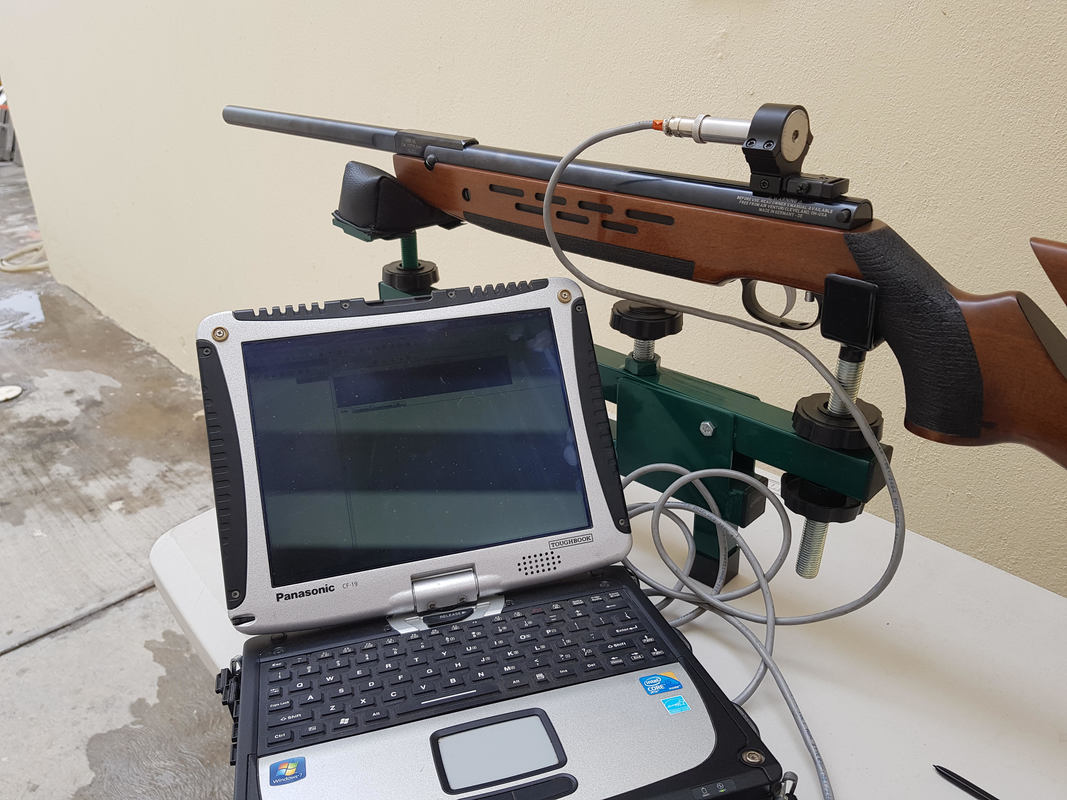
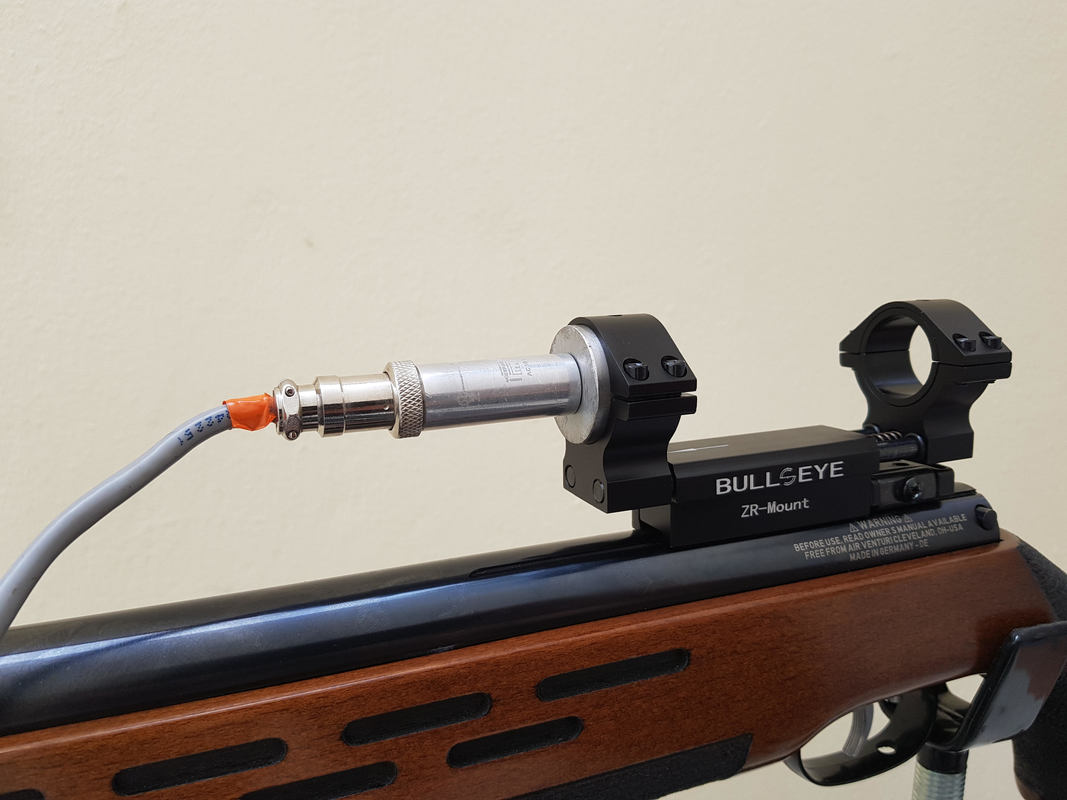
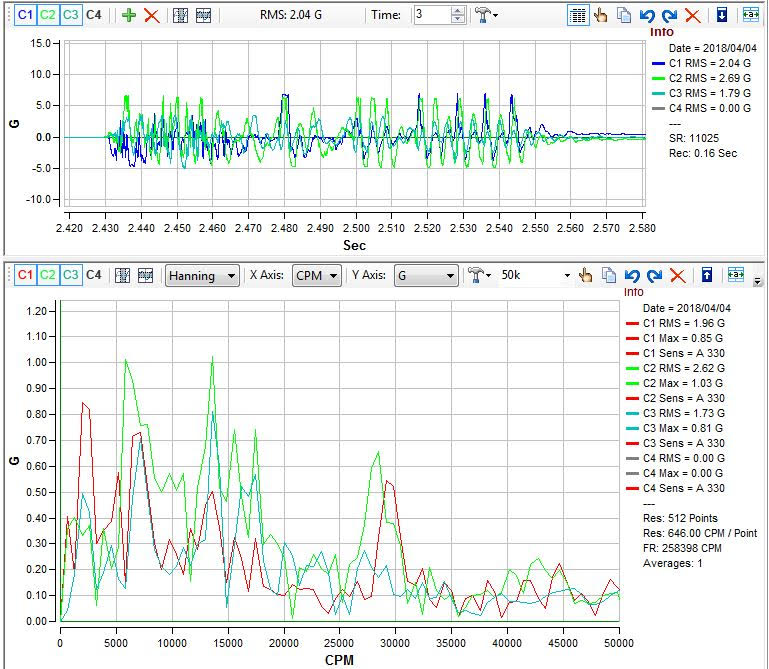
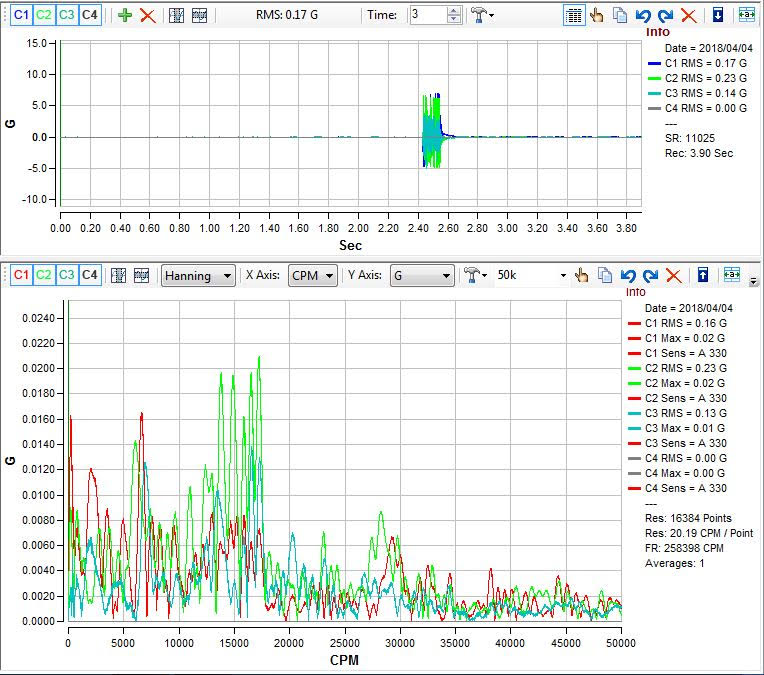
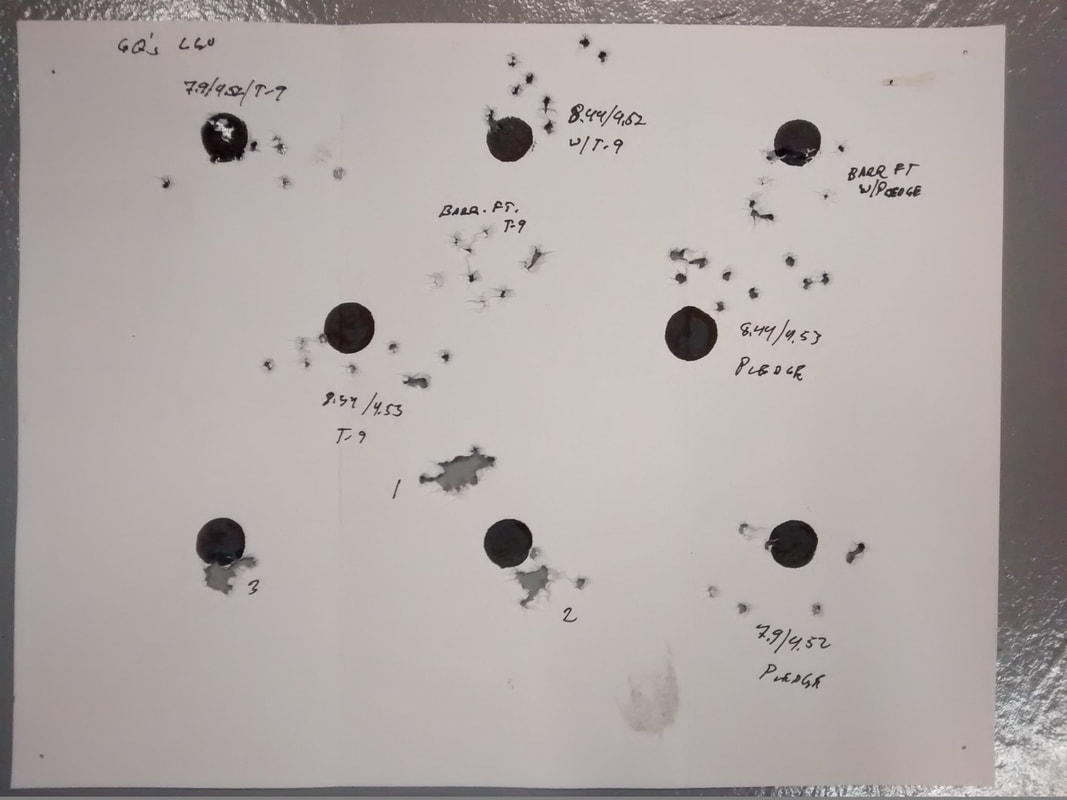
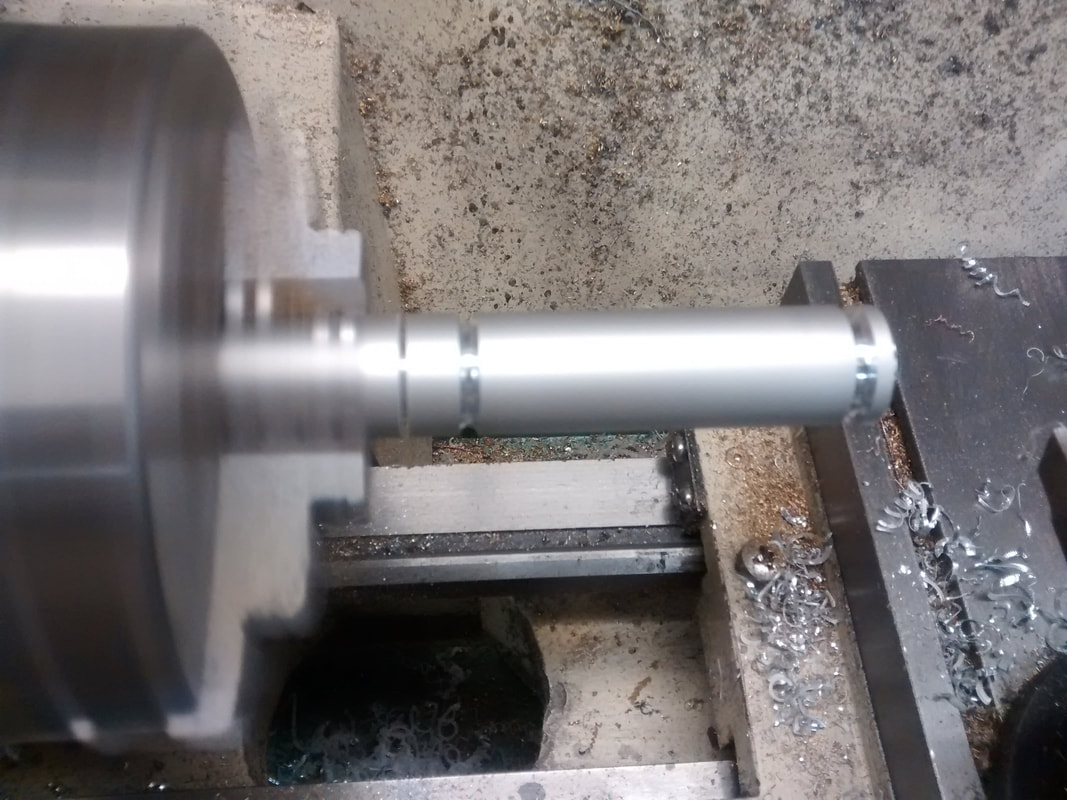
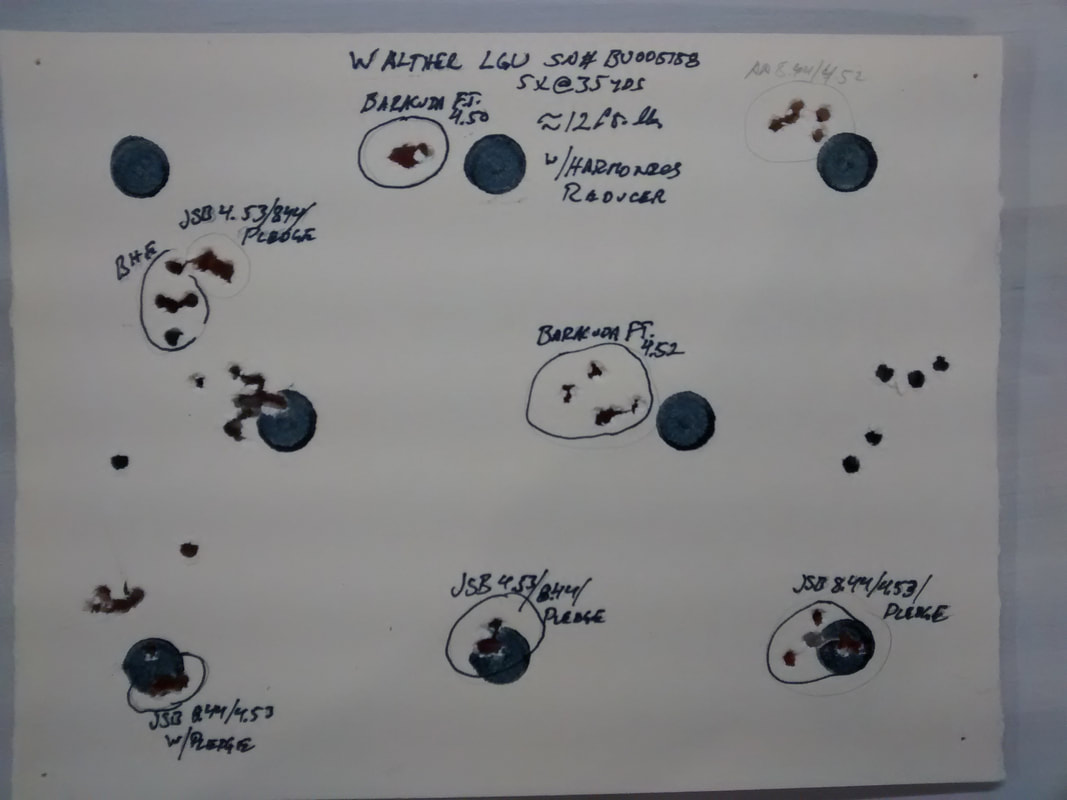
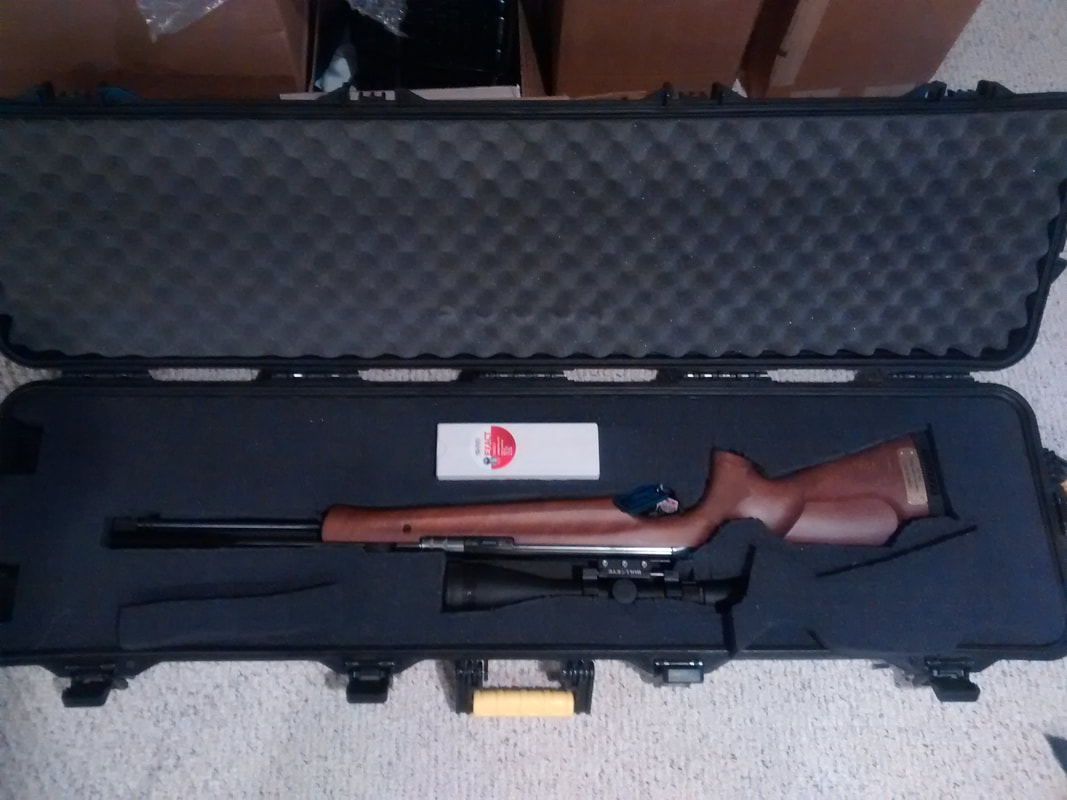
 RSS Feed
RSS Feed